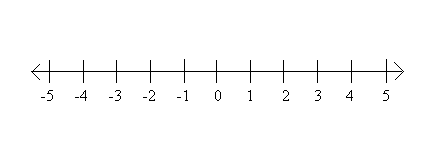jrjones9933
Veteran

Joined: 13 May 2011
Age: 55
Gender: Male
Posts: 13,144
Location: The end of the northwest passage
jrjones9933
Veteran

Joined: 13 May 2011
Age: 55
Gender: Male
Posts: 13,144
Location: The end of the northwest passage
jrjones9933
Veteran

Joined: 13 May 2011
Age: 55
Gender: Male
Posts: 13,144
Location: The end of the northwest passage
jrjones9933
Veteran

Joined: 13 May 2011
Age: 55
Gender: Male
Posts: 13,144
Location: The end of the northwest passage
jrjones9933
Veteran

Joined: 13 May 2011
Age: 55
Gender: Male
Posts: 13,144
Location: The end of the northwest passage
jrjones9933
Veteran

Joined: 13 May 2011
Age: 55
Gender: Male
Posts: 13,144
Location: The end of the northwest passage
jrjones9933
Veteran

Joined: 13 May 2011
Age: 55
Gender: Male
Posts: 13,144
Location: The end of the northwest passage








